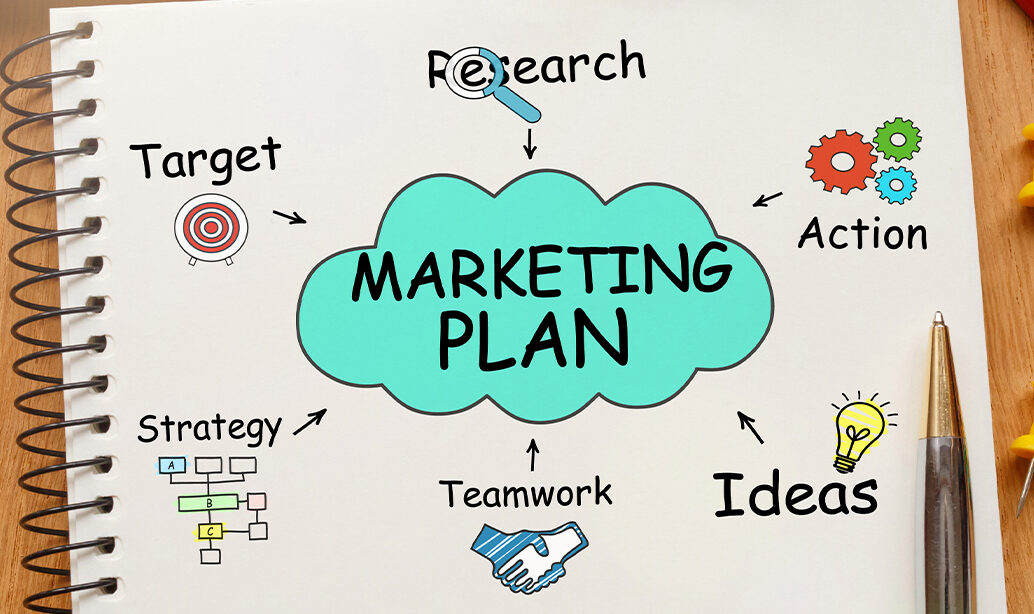
[PODCAST] How Nonprofits Can Help to Heal Internalized Racism
November 3, 2023Top Nonprofit Conferences
November 13, 2023Linda Handley’s Guide to Nonprofit Marketing

Linda Handley’s Guide to Nonprofit Marketing explores the digital marketing age and how you can leverage it to further your important mission.
Engaging Your Audience
Nonprofit organizations play a vital role in society, working tirelessly to address various social, environmental, and humanitarian issues.
To achieve their missions effectively, nonprofits must not only excel in their core activities but also effectively market themselves. In this digital age, nonprofit marketing has evolved, offering new opportunities and challenges.
In this guide, we will explore what nonprofit marketing entails, its advantages, and how to create an effective nonprofit marketing plan.
What is Nonprofit Marketing?
Nonprofit marketing refers to the set of strategies, activities, and efforts undertaken by nonprofit organizations to promote their mission, raise awareness about social or humanitarian issues, and engage various stakeholders, such as donors, volunteers, and the general public.
Unlike for-profit businesses, nonprofit organizations are not primarily motivated by financial gain; instead, they exist to serve a specific social, environmental, or community purpose.
Here are key aspects of nonprofit marketing:
- Mission-Driven: Nonprofit marketing is deeply rooted in the organization’s mission and the cause it serves. It focuses on communicating the importance of the mission and mobilizing support to achieve it.
- Awareness Building: A significant goal of nonprofit marketing is to increase awareness about the issues the organization addresses and the organization itself. This includes educating the public about the challenges, solutions, and impact related to the cause.
- Fundraising: Nonprofits rely on fundraising to secure the financial resources needed to carry out their programs and initiatives. Marketing efforts often play a crucial role in attracting donors and supporters who contribute financially.
- Volunteer Engagement: Volunteers are a valuable resource for nonprofits, and effective marketing can help attract and retain volunteers. These individuals contribute their time, skills, and expertise to support the organization’s work.
- Transparency and Trust: Nonprofit marketing aims to build and maintain trust with stakeholders. Transparency in financial reporting and the use of resources is essential to gain the confidence of donors and supporters.
- Impact Communication: Marketing is used to communicate the tangible impact of the organization’s work. Sharing success stories, testimonials, and measurable results helps demonstrate the value of supporting the nonprofit.
- Advocacy and Social Change: Nonprofit marketing can also be a tool for advocacy and social change. It helps mobilize public opinion and support for policy changes or initiatives related to the organization’s mission.
- Partnerships and Collaborations: Marketing efforts can attract potential partners, including other nonprofit organizations, corporations, government agencies, and foundations. These collaborations can enhance the reach and effectiveness of nonprofit initiatives.
Advantages of Nonprofit Marketing
- Increased Awareness: Effective nonprofit marketing helps in raising awareness about the cause and the organization itself. It educates the public and potential supporters about the issues at hand.
- Fundraising: One of the most critical aspects of nonprofit marketing is fundraising. It enables organizations to secure the necessary funds to carry out their activities and programs.
- Volunteer Engagement: Marketing efforts can attract volunteers who are essential for nonprofit operations. Volunteers contribute time and expertise, reducing labor costs.
- Building Trust: Consistent and transparent marketing builds trust with stakeholders. Donors are more likely to contribute when they trust that their funds will be used effectively.
- Impact Communication: Marketing helps nonprofits communicate the impact of their work. This can motivate supporters and donors, showing them that their contributions make a difference.
- Partnerships: Effective marketing can attract potential partners, whether they are other nonprofits, corporations, or government agencies. These partnerships can expand the reach and impact of the nonprofit.
How to Create a Nonprofit Marketing Plan?
Creating a nonprofit marketing plan is essential for achieving your organization’s goals. Here’s a step-by-step guide to help you get started:
- Define Your Marketing Goals
Start by clearly defining your objectives. What do you want to achieve with your marketing efforts? Goals might include increasing donations, expanding your volunteer base, or raising awareness about a particular issue. Ensure your goals are specific, measurable, achievable, relevant, and time-bound (SMART).
- Understand Your Audiences
Identify your target audiences. Nonprofits often have diverse stakeholders, including donors, volunteers, beneficiaries, and community members. Understanding their needs, preferences, and motivations is crucial for crafting effective marketing messages.
- Craft Your Key Messages
Develop compelling and consistent messaging that resonates with your target audiences. Your messages should convey your mission, values, and the impact of your work. Consider the emotional appeal of your messages, as people are more likely to connect with a cause on an emotional level.
- Choose, Plan, and Create Your Marketing Strategies
Select the marketing channels and tactics that align with your goals and audience.Some common digital marketing strategies for nonprofits include:
- Website Optimization: Ensure your website is user-friendly, mobile-responsive, and includes compelling storytelling about your organization’s work.
- Social Media Marketing: Utilize platforms like Facebook, Twitter, and Instagram to engage with your audience, share updates, and run fundraising campaigns.
- Email Marketing: Build and maintain an email list to communicate with supporters regularly. Send newsletters, updates, and fundraising appeals.
- Content Marketing: Create valuable and shareable content, such as blog posts, videos, and infographics, to educate and inspire your audience.
- Search Engine Optimization (SEO): Optimize your online content to improve your visibility on search engines like Google.
- Online Advertising: Consider paid advertising on platforms like Google Ads or social media to reach a broader audience.
- Analyze Your Marketing Performance
Regularly evaluate the effectiveness of your marketing efforts. Use tools like Google Analytics to track website traffic, engagement metrics, and conversion rates. Analyze the results of fundraising campaigns and email marketing efforts. Adjust your strategies based on data-driven insights to improve your outcomes.
Final Thoughts
Nonprofit marketing is a vital component of any nonprofit organization’s success. It allows these organizations to reach a wider audience, secure necessary resources, and create a lasting impact on their chosen causes.
By following the steps outlined in this guide, nonprofits can create effective marketing plans that help them achieve their missions and make the world a better place.
Remember that successful nonprofit marketing is an ongoing process that requires adaptability and creativity. Stay true to your organization’s mission, connect with your audience emotionally, and continually evaluate and refine your strategies to maximize your impact.
Linda Handley’s Guide to Nonprofit Marketing was first posted at INSIDE CHARITY
For more articles like Linda Handley’s Guide to Nonprofit Marketing VISIT HERE
